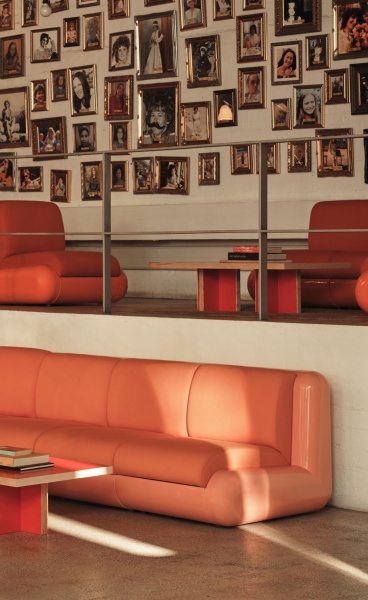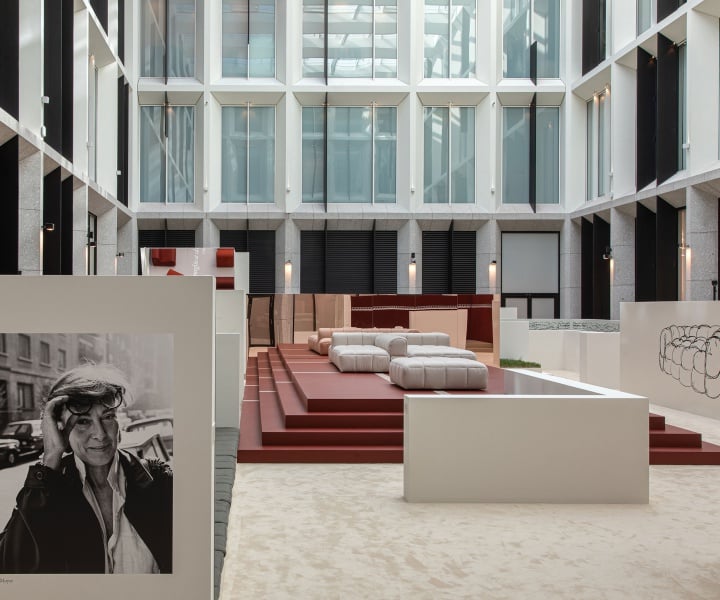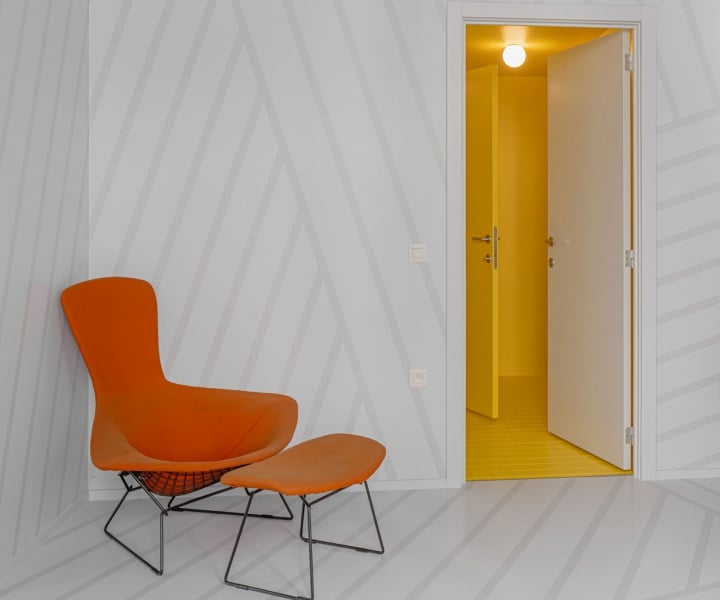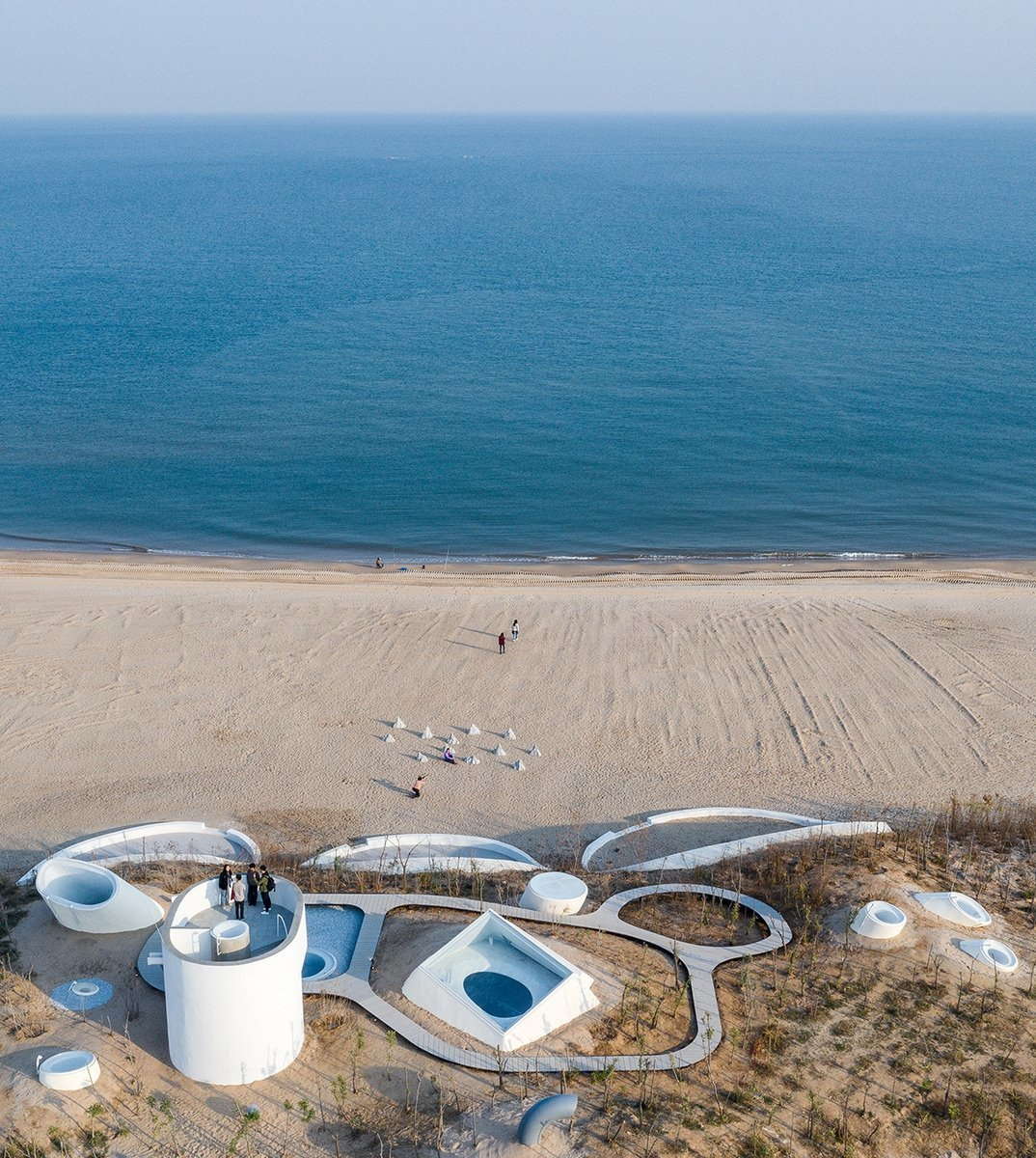
Photo by WU Qingshan.

Photo by WU Qingshan.
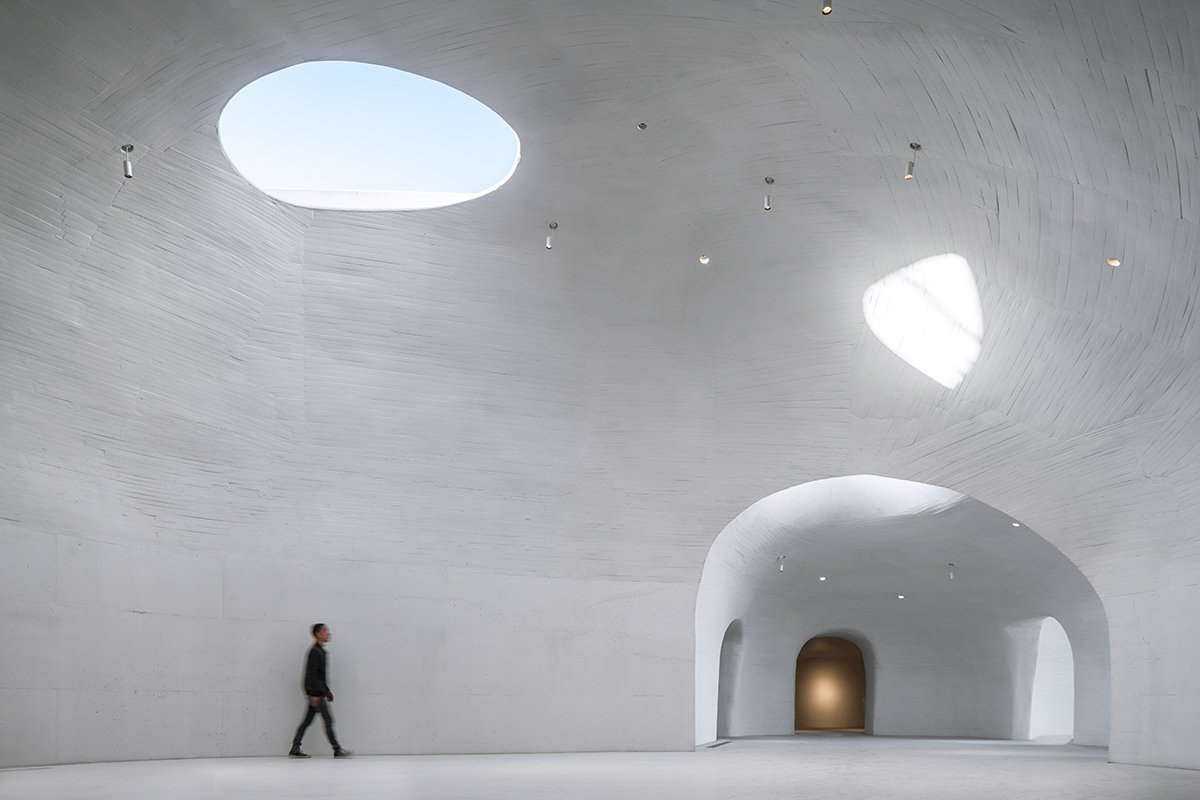
Photo by WU Qingshan.
Unfolding as a network of organically-shaped, white-washed caves, punctured by large openings framing mesmeric views of the ocean, and naturally lit by recessed skylights of different sizes and orientation, the cathedral-like galleries offer visitors a primordial, esoteric experience, bringing to mind humankind’s earliest artistic endeavours as cave painters. Led through a long, dark tunnel and small reception area, visitors suddenly step into a large, cavernous, light-filled chamber which can’t help but overwhelm.
The complex organic geometry of the buried galleries is evocatively complemented by the irregular texture of the concrete surfaces which have been shaped by hand by local workers using formwork made from small linear strips of wood. By not plastering it over, the building’s textured concrete shell conveys the manual labour that went into its construction and, by extension, urges visitors to consider the exhibited artworks as products of someone’s physical and mental labour. The sense of handcraftsmanship is further enhanced by the building’s doors and windows, reception desk, bar counter and bathroom sinks, which are all custom-designed and hand-crafted.
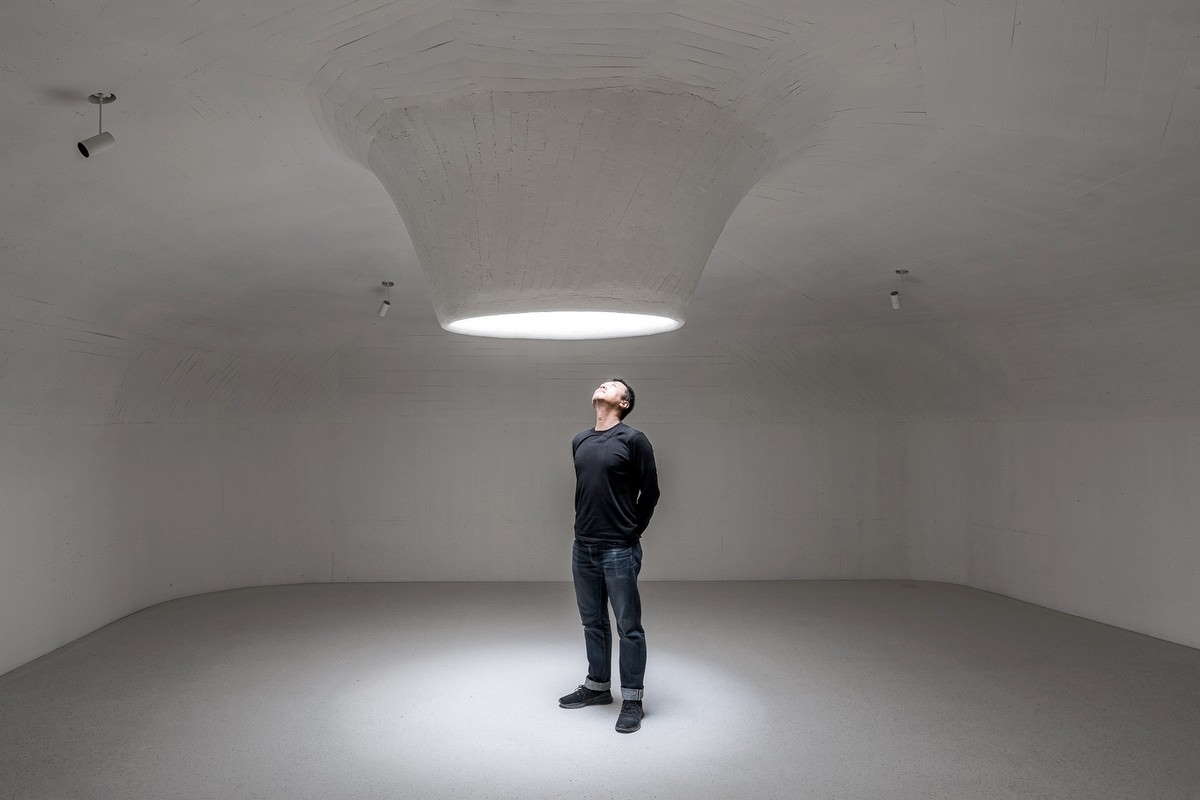
Photo by WU Qingshan.
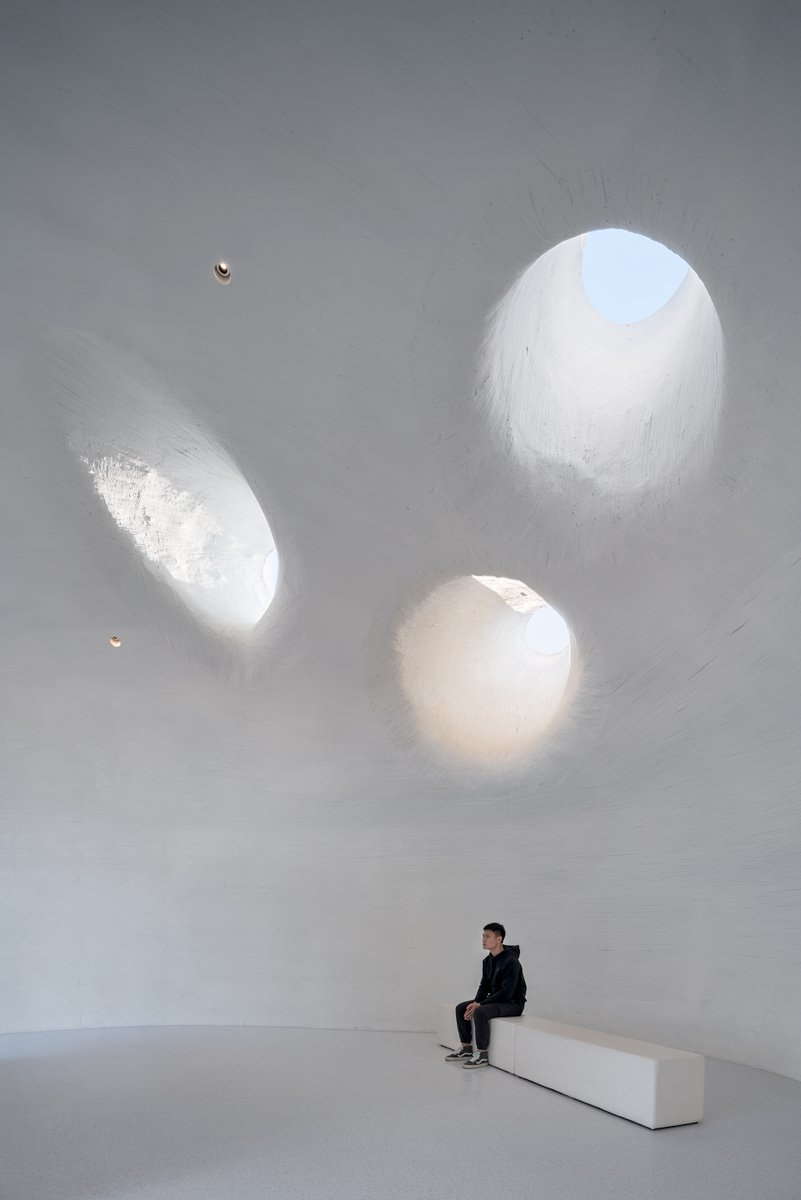
Photo by WU Qingshan.
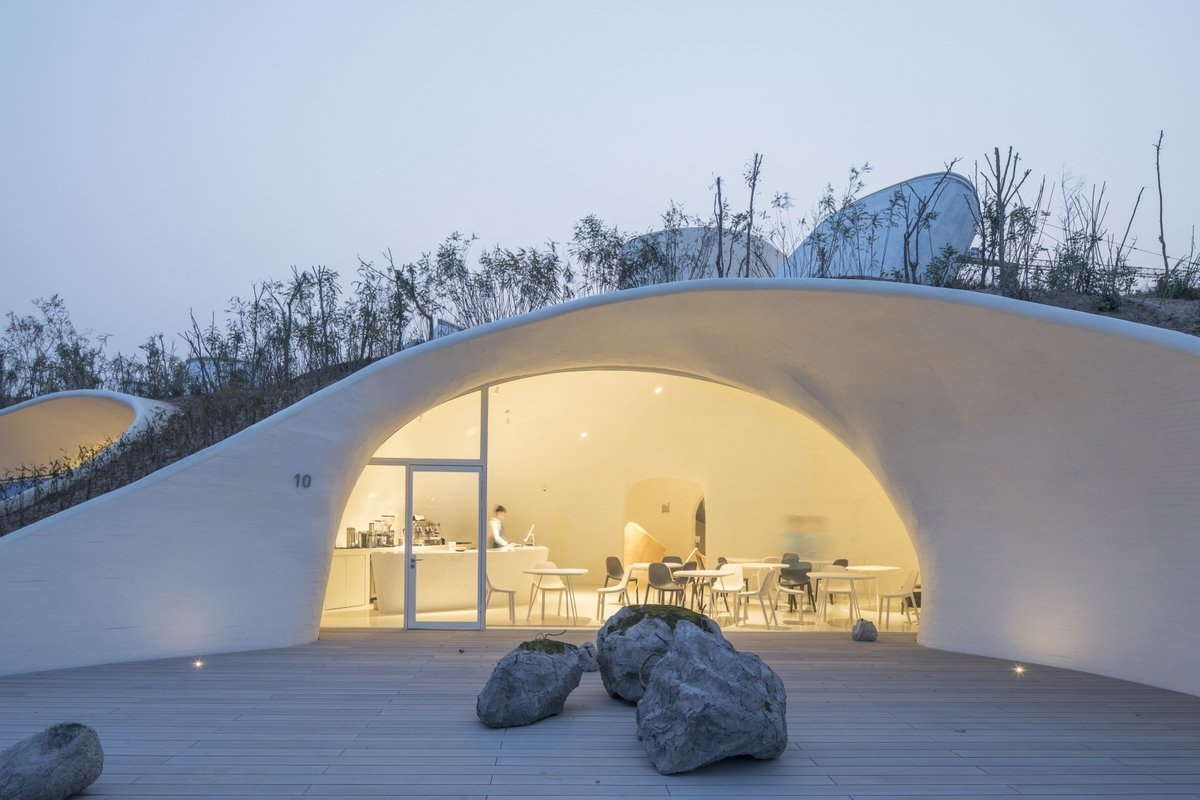
Photo by TIAN Fangfang.
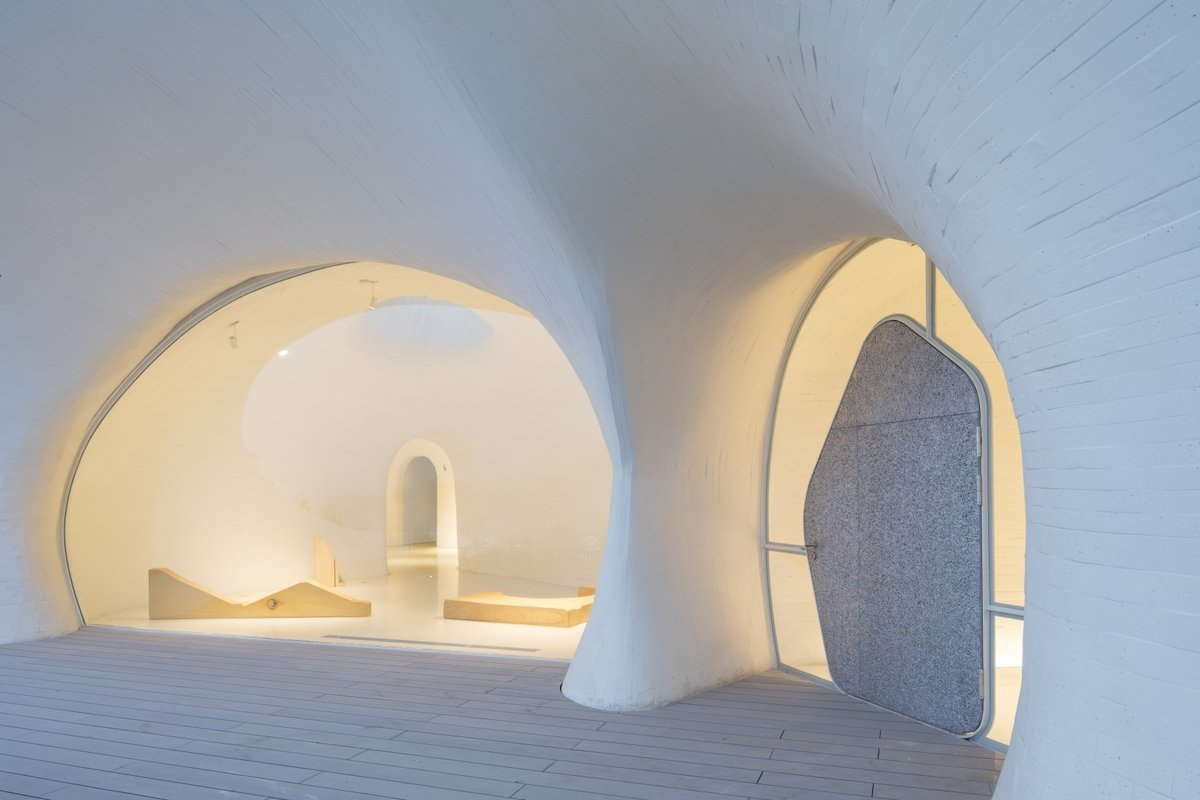
Photo by TIAN Fangfang.
The introverted, womb-like quality of the subterranean galleries is juxtaposed with the expansive views of the sea and sky which visitors can enjoy at the Museum’s three outdoor exhibition spaces. Even here, faced with an expanding oceanic canvas and infinite horizon, the same primordial sense of timelessness prevails. Meanwhile, accessed by a spiral staircase, a lookout on top of the sand dunes offers visitors the chance to enjoy the coastal landscape in all its glory.
The design’s reverence to the dune ecosystem is also matched by its sustainability. The year-long abundance of natural lighting reduces the need for artificial lighting, while the sand-covered roof greatly decreases the building’s summer heat load, with air conditioning supplied by a low-energy, zero-emission ground source heat pump system. While the UCCA Dune Art Museum’s ecological conscience is welcomed in the face of the planet’s environmental crisis, it’s also a poignant reminder that nature and art are primordially interlinked.
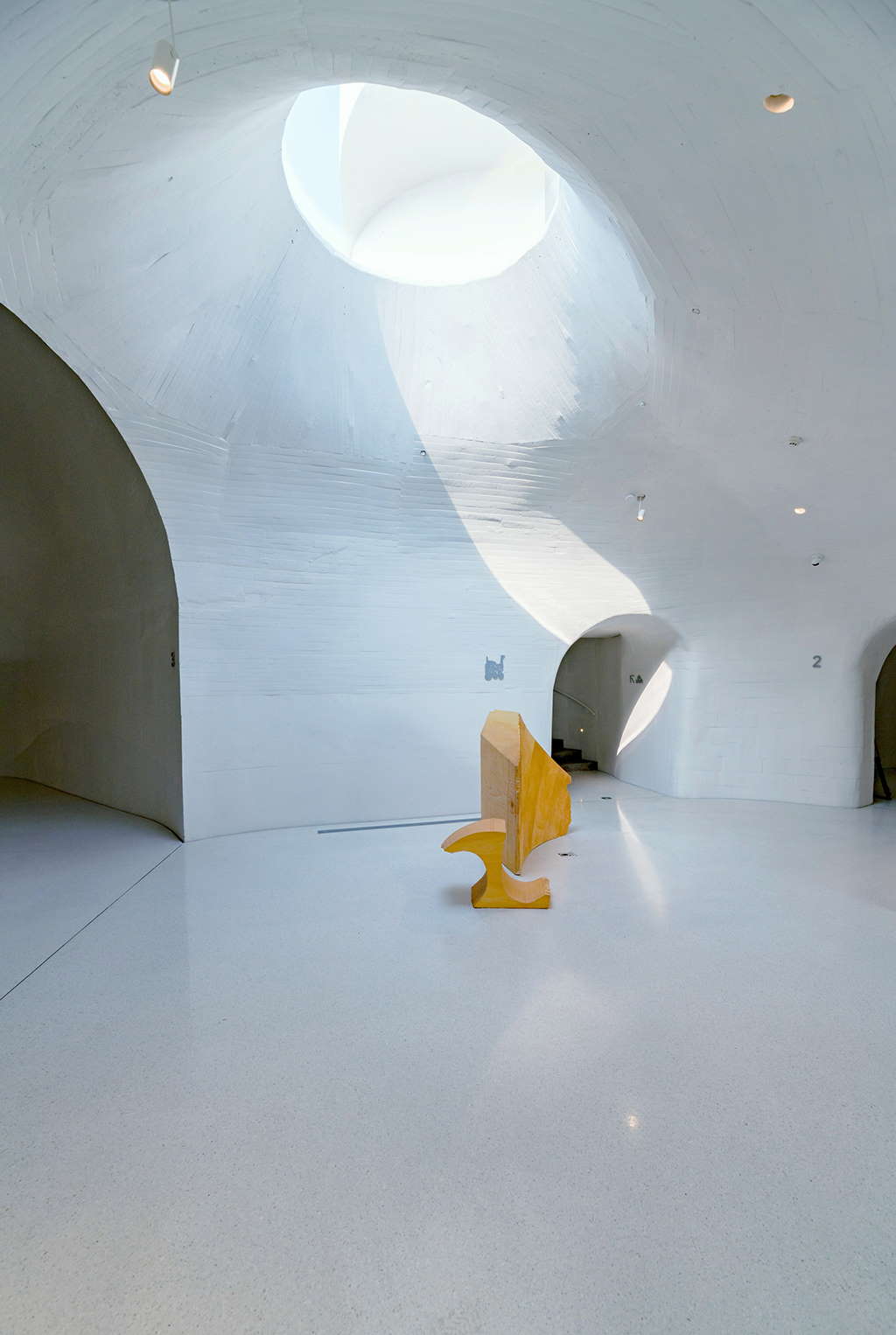
Photo by NI Nan.
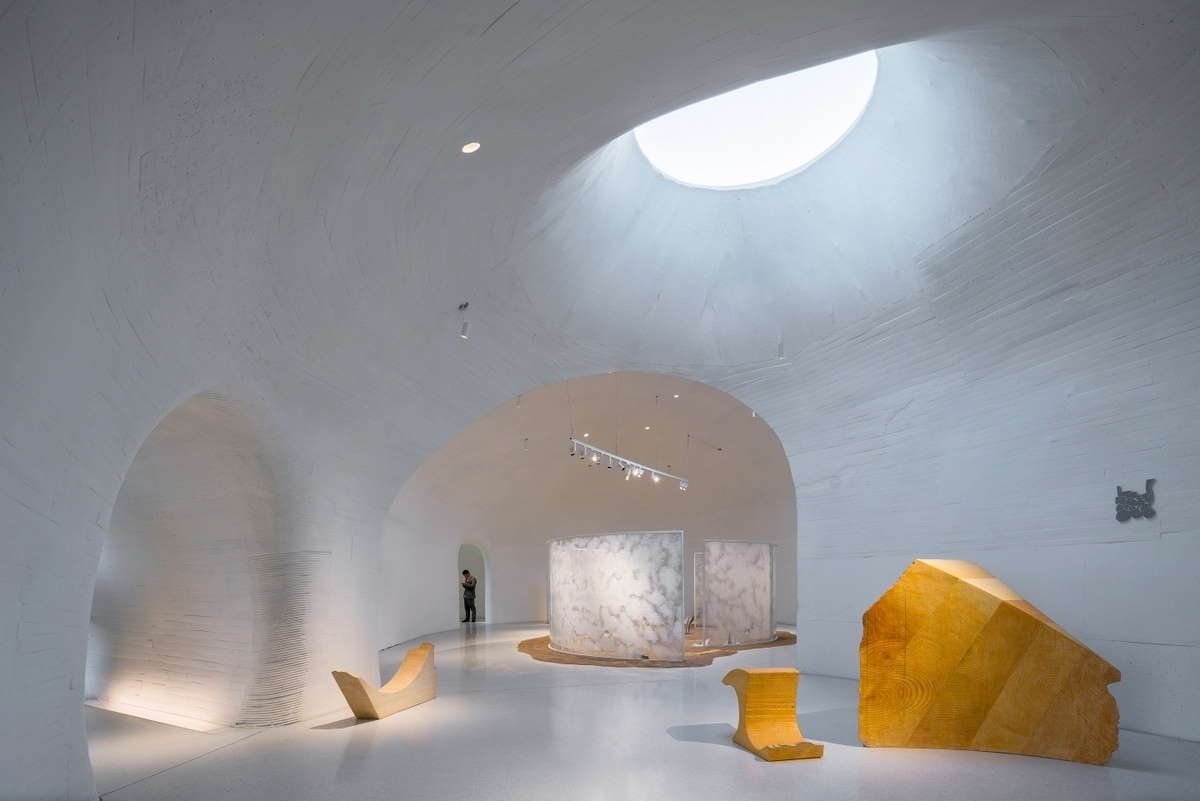
Photo by WU Qingshan.
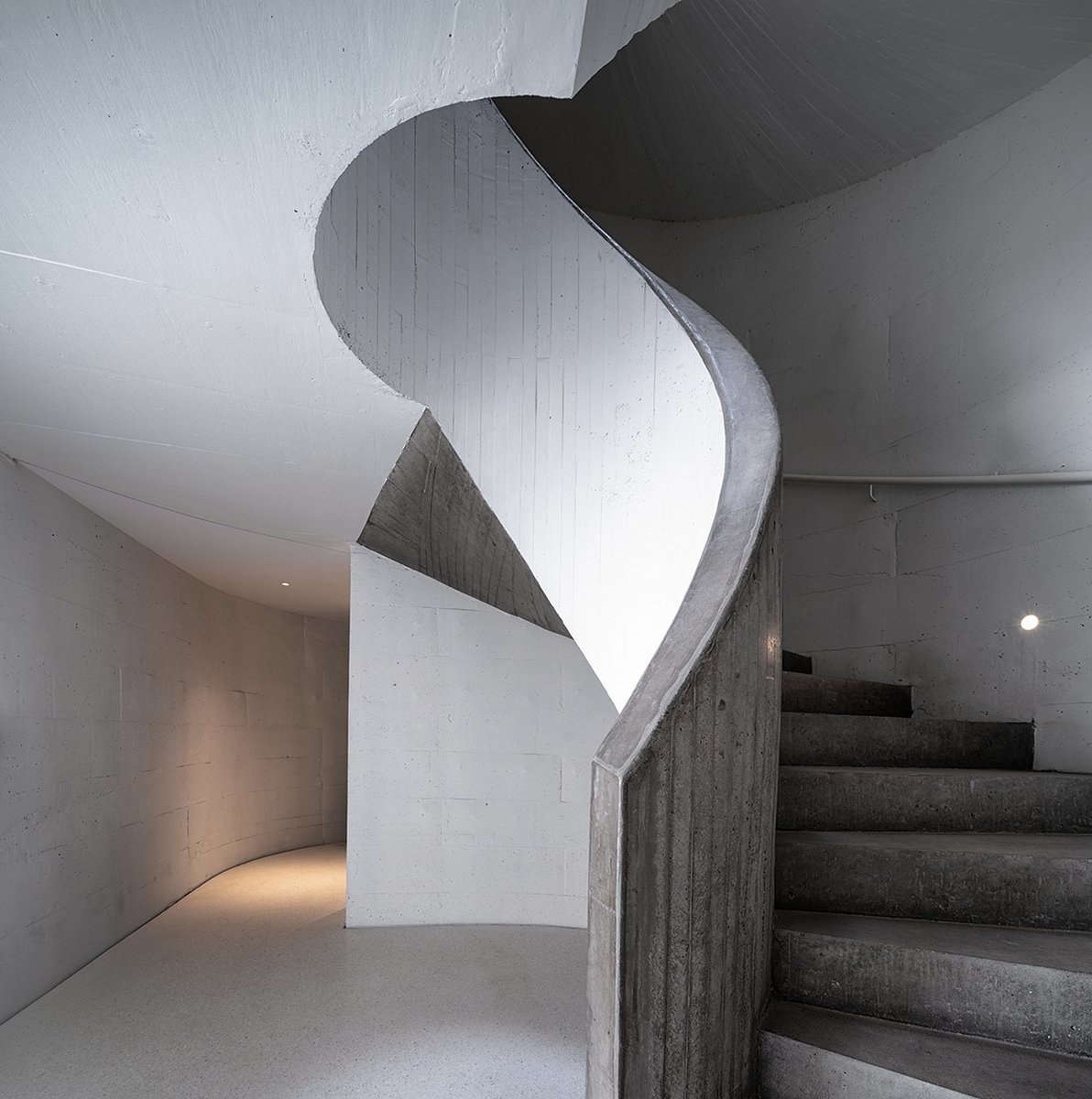
Photo by WU Qingshan.
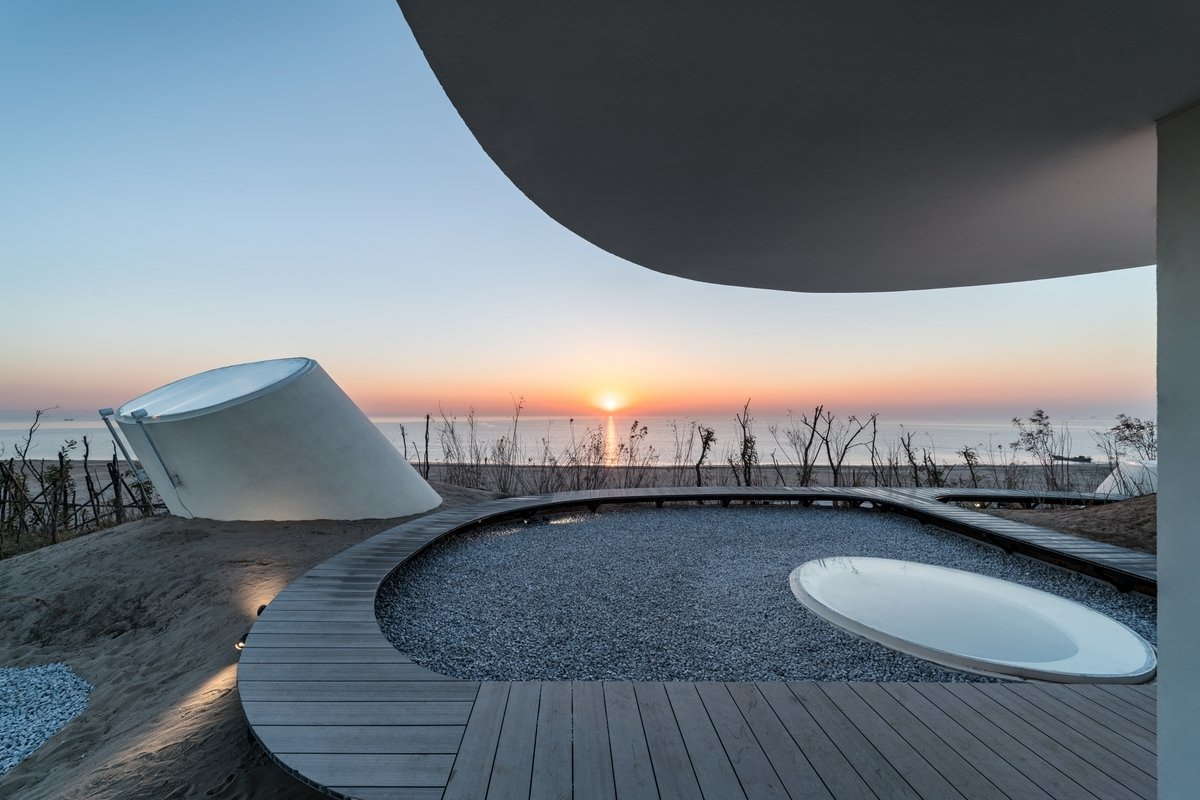
Photo by WU Qingshan.



